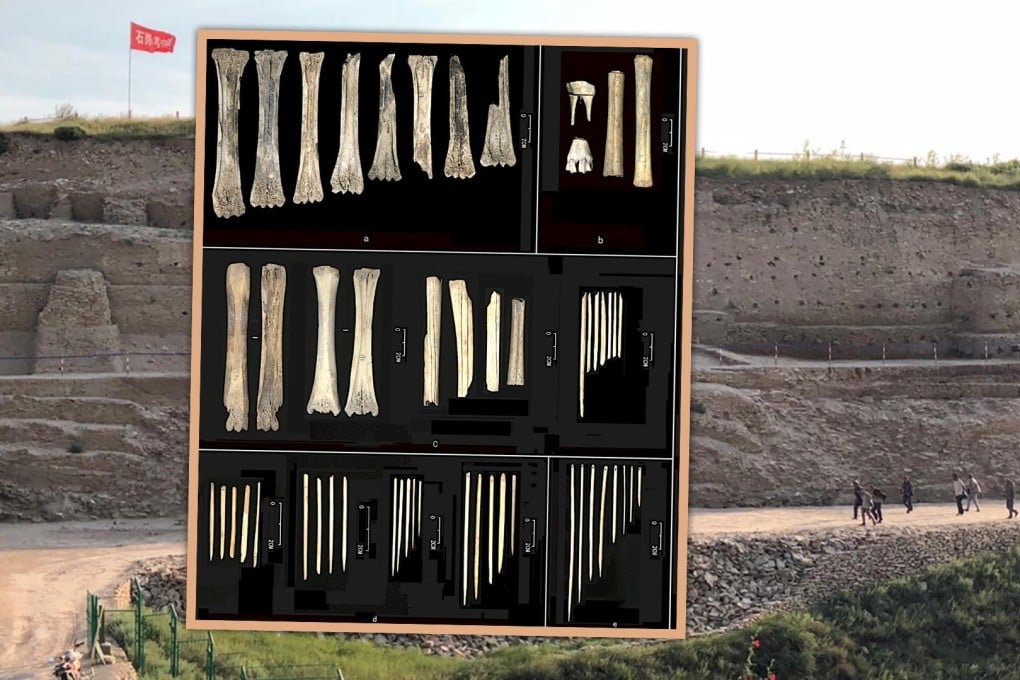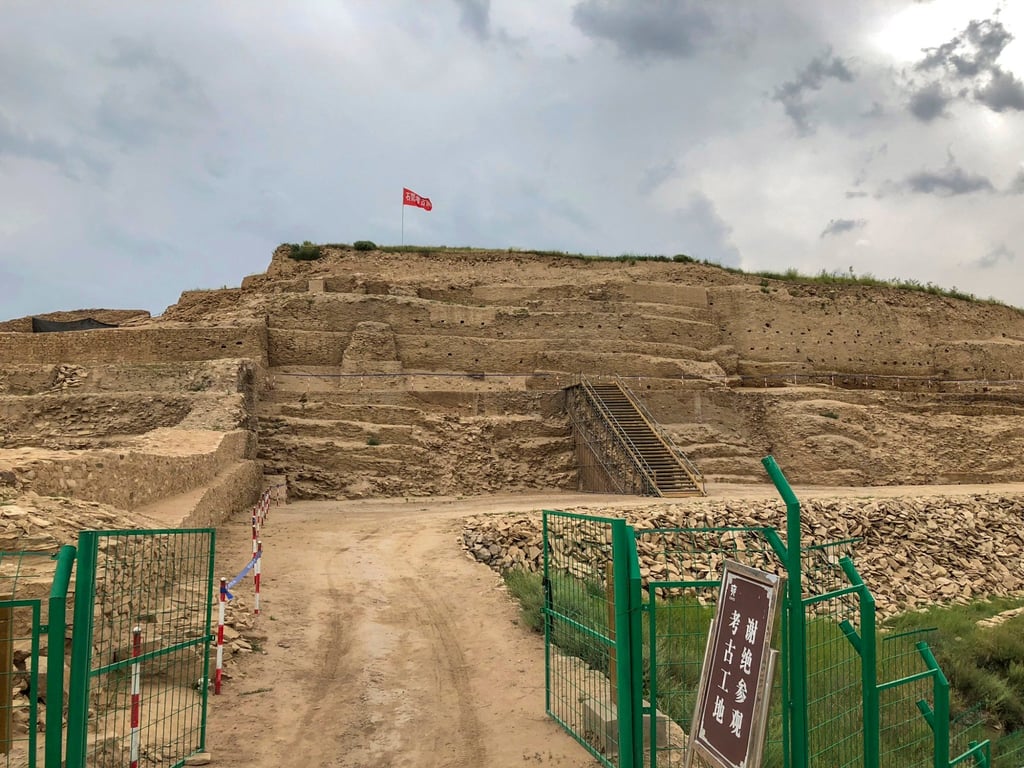4,000-year-old bone workshop tells tale of China’s transition out of Neolithic age
- Bone needle workshop represents industrial standardisation that would become more common in Bronze Age

It is unlikely that many readers would guess that nearly 20,000 bone needles discovered in northwest China would enlighten modern scientists about the technological advancements that marked the transition between two ages in human development. But that is the case.
A bone needle workshop at a site named Shimao in Shaanxi province represents an early example of standardised craft manufacturing seen during the Bronze Age (3300-1200 BC). And yet, artisans at the location still used technologies prevalent in Neolithic societies, indicating that this workshop was at the forefront of the transition from Neolithic China to the Bronze Age around 2000 BC, according to recent research to be published in the September issue of the Journal of Anthropological Archaeology.
“The bone tools and materials excavated at the central mound of Shimao mark the threshold of this transition, leading up to the rise of the massive Bronze Age workshops at Zhengzhou, Anyang, and Zhouyuan,” the authors wrote in the journal.

Shimao was part of the Longshan culture, which existed near the Yellow River from around 3000-1900 BC. The people were famous for making high-quality pottery, and the culture would eventually evolve into the Erlitou culture (1900-1500 BC) of the Bronze Age.
Li Min, a study author and associate professor at UCLA, told the Post that Shimao may have been a regional oasis, serving as a trade hub.
Li said that, through the diverse cultural interactions at Shimao, advancements like wheat farming and bronze metallurgy were introduced to Neolithic millet farming communities, which “set in motion the transition to an agropastoral economy characteristic of the Bronze Age society in early China”.
The archaeologists believe the bone workshop is crucial evidence for learning about that evolution.
In the study, the researchers wrote: “The specialised bone production workshop at Shimao might present a potential link between small scale, unspecialised, community-based Neolithic bone working tradition and the industrial scale bone production workshops of Bronze Age states.”
